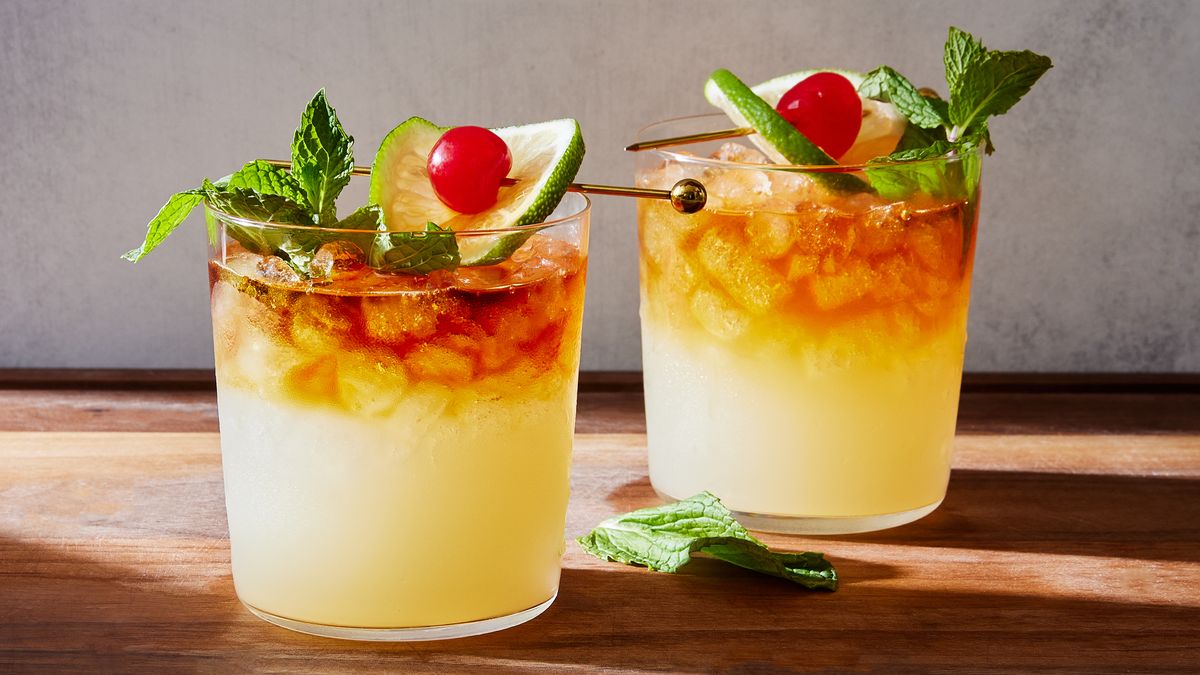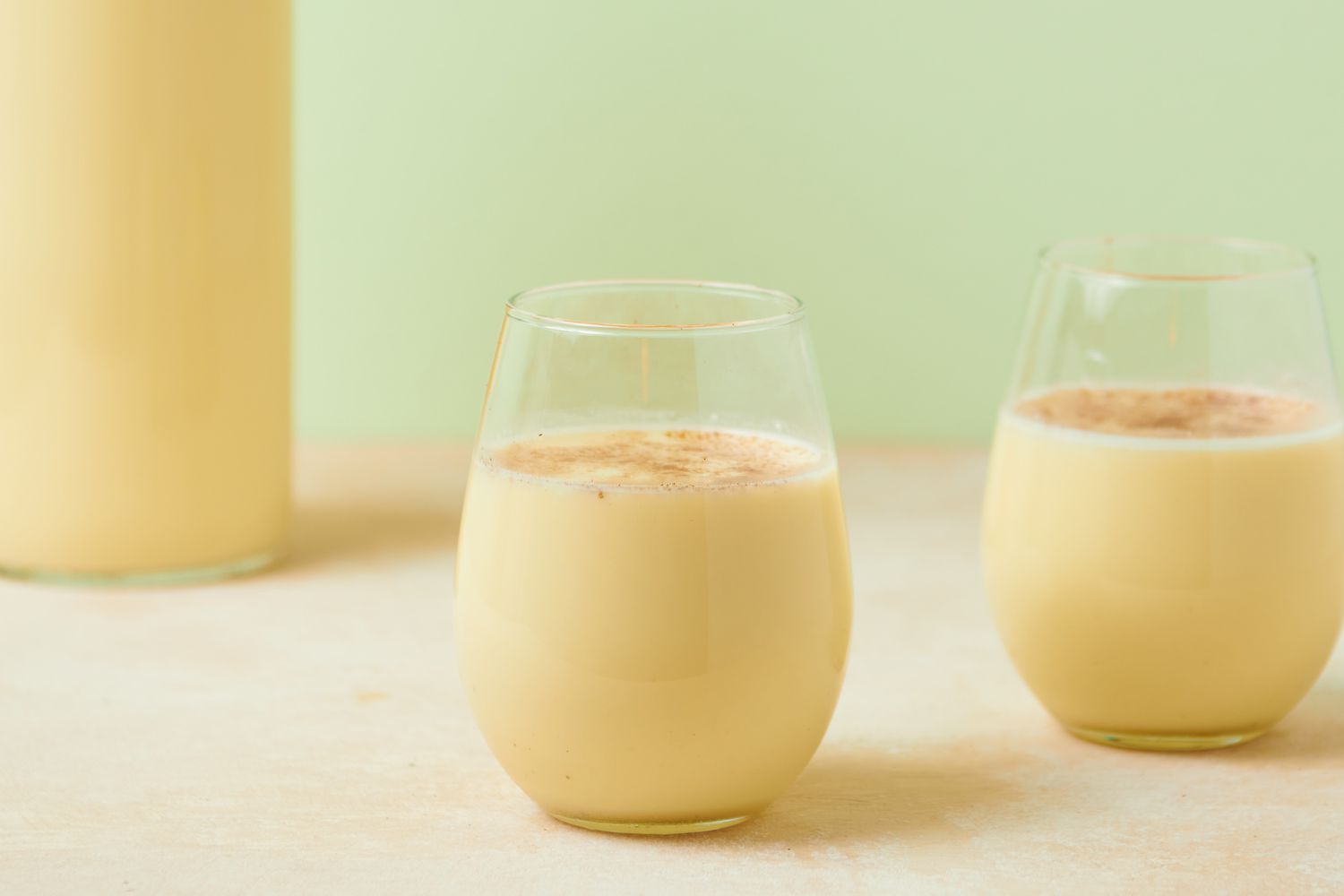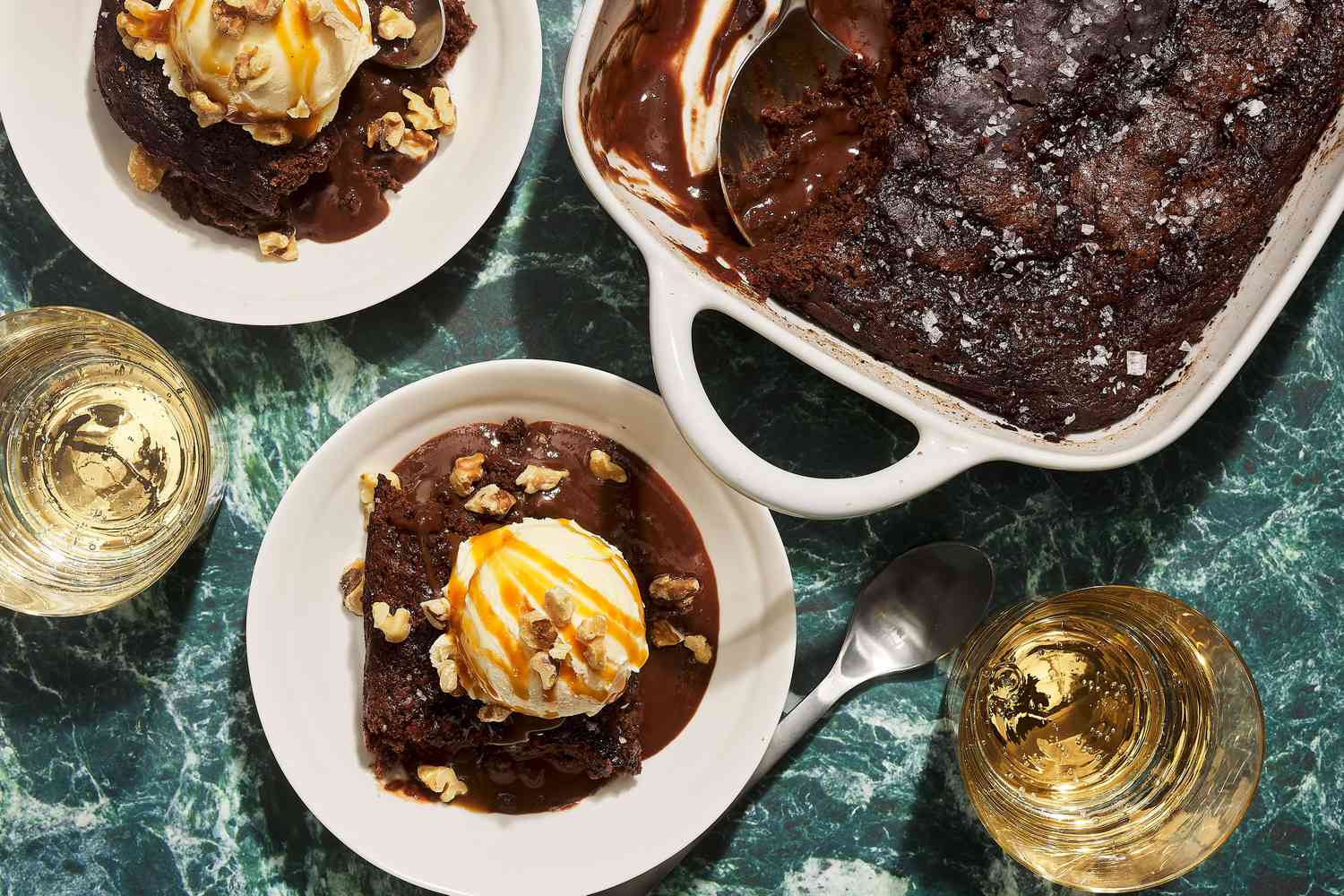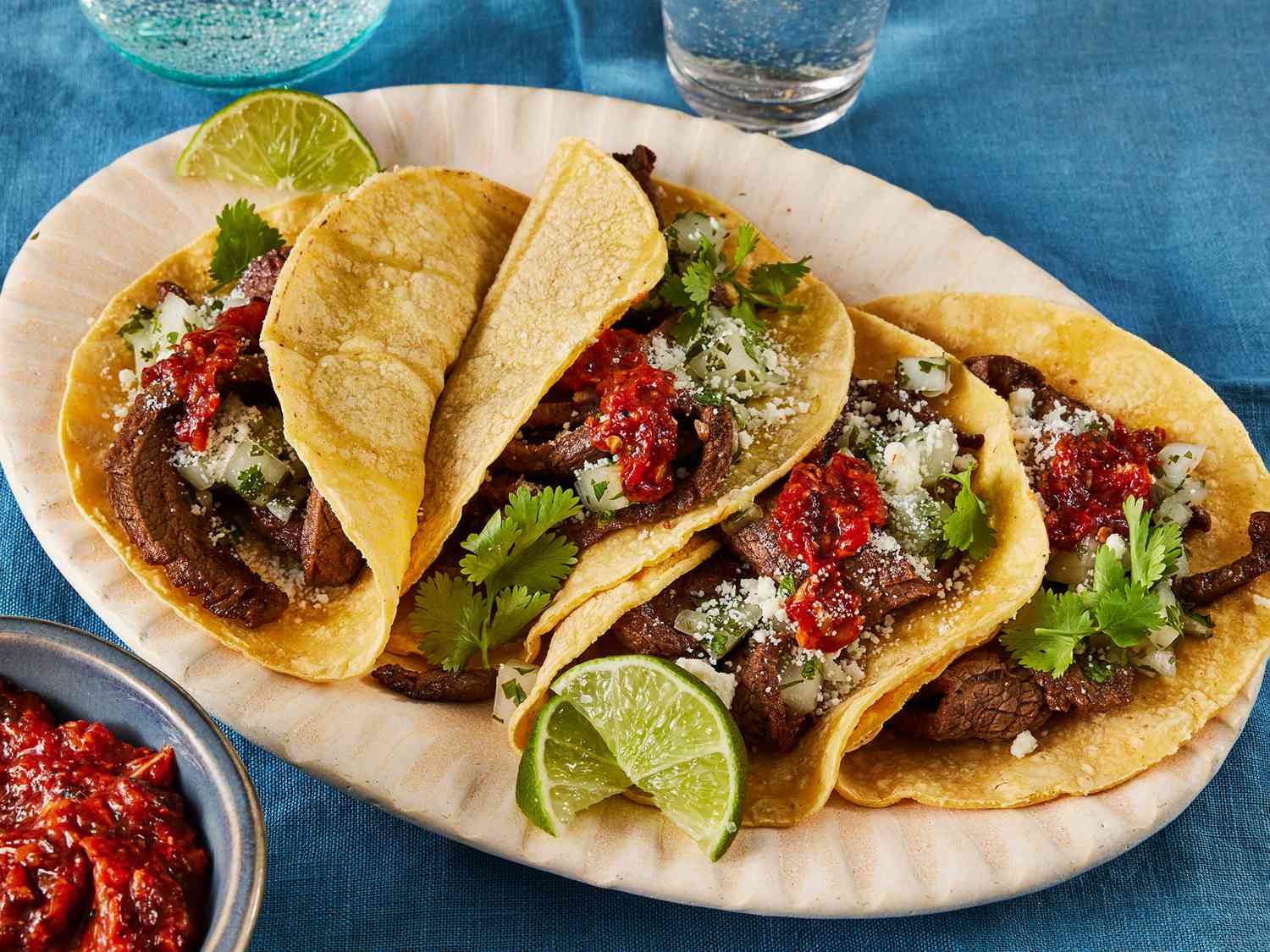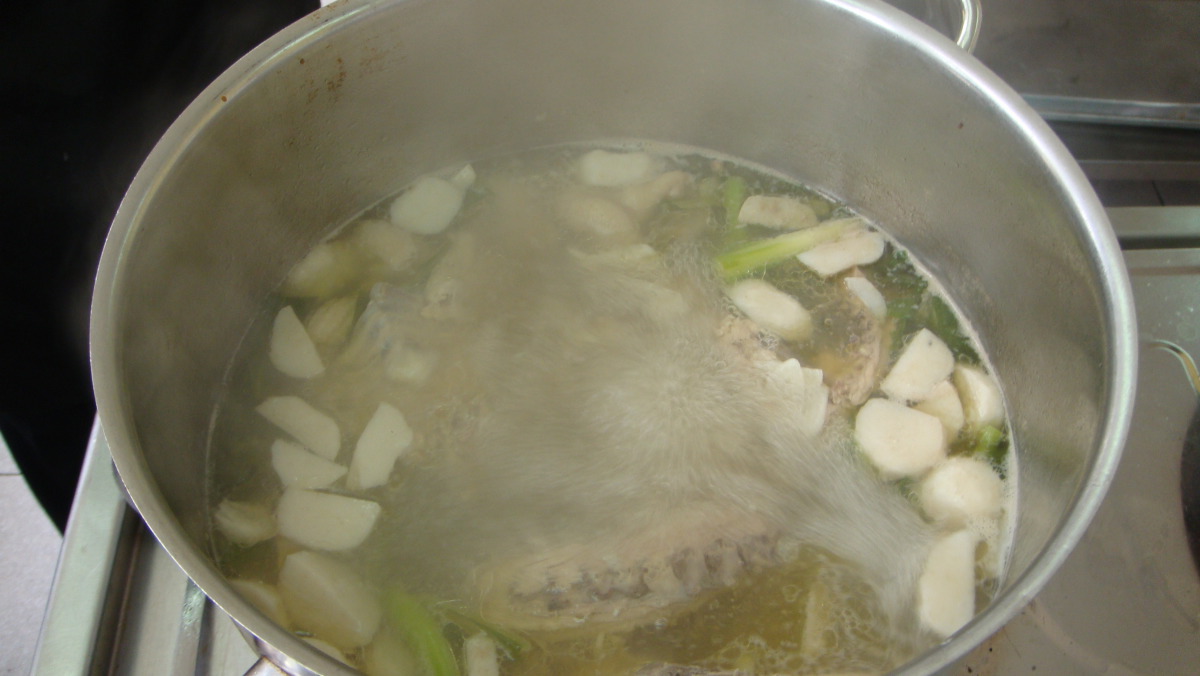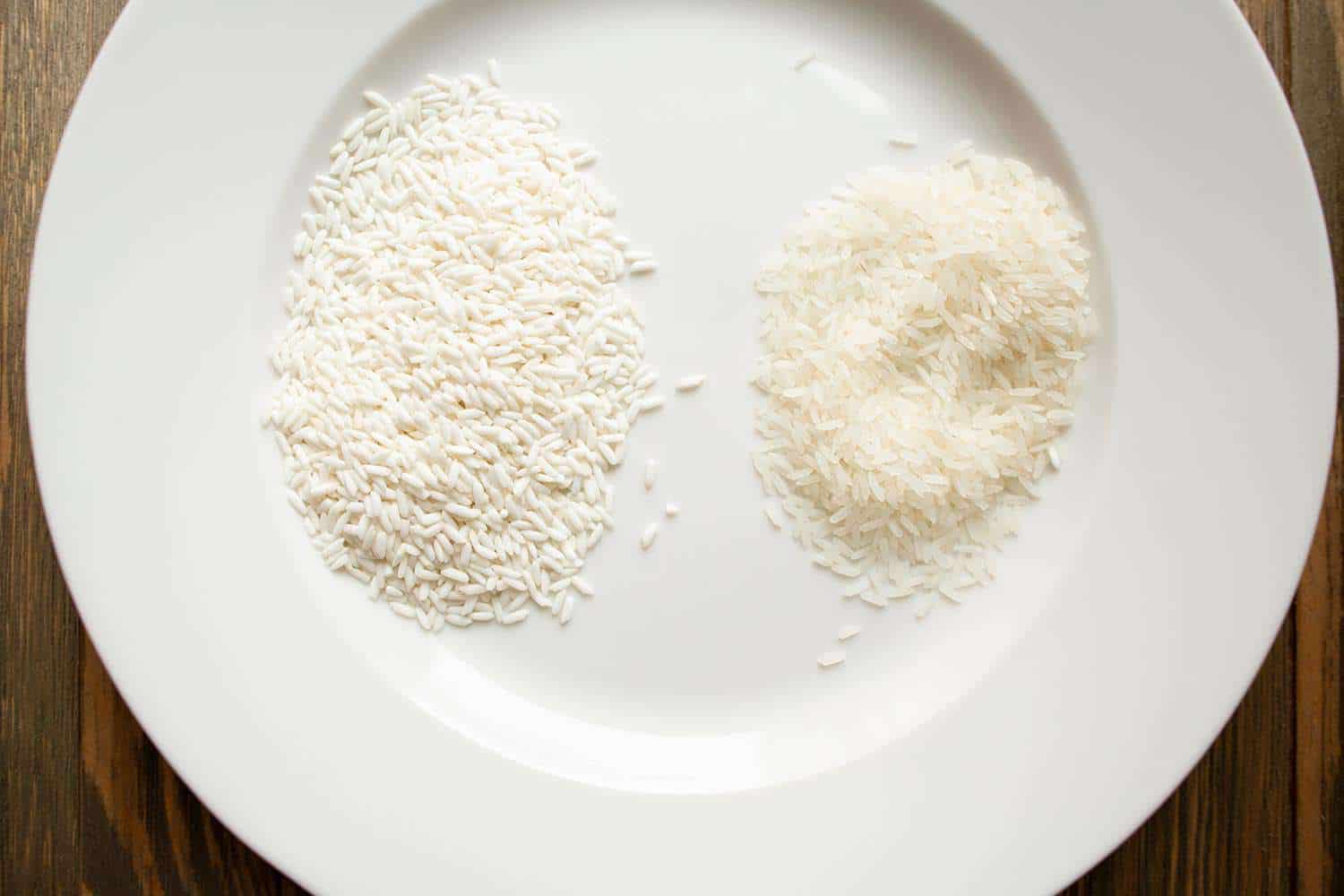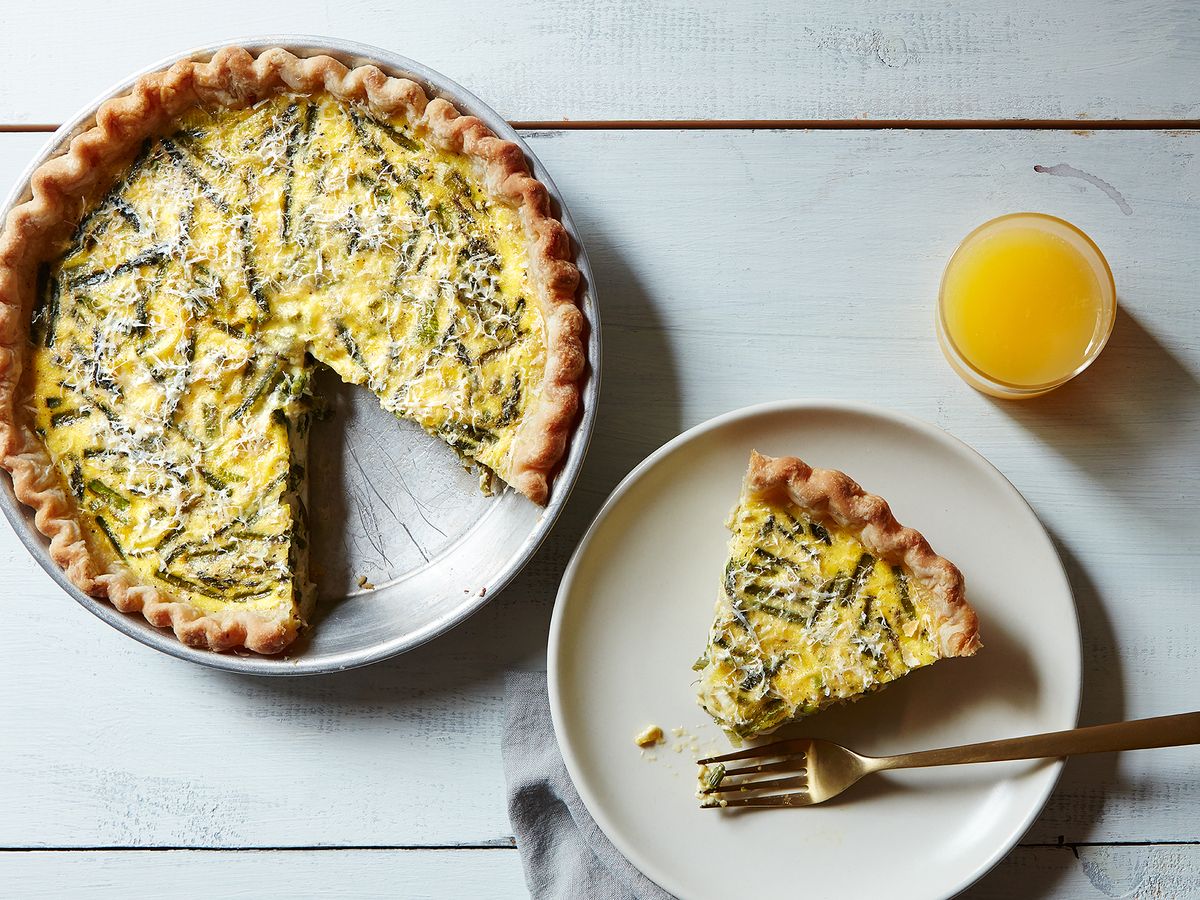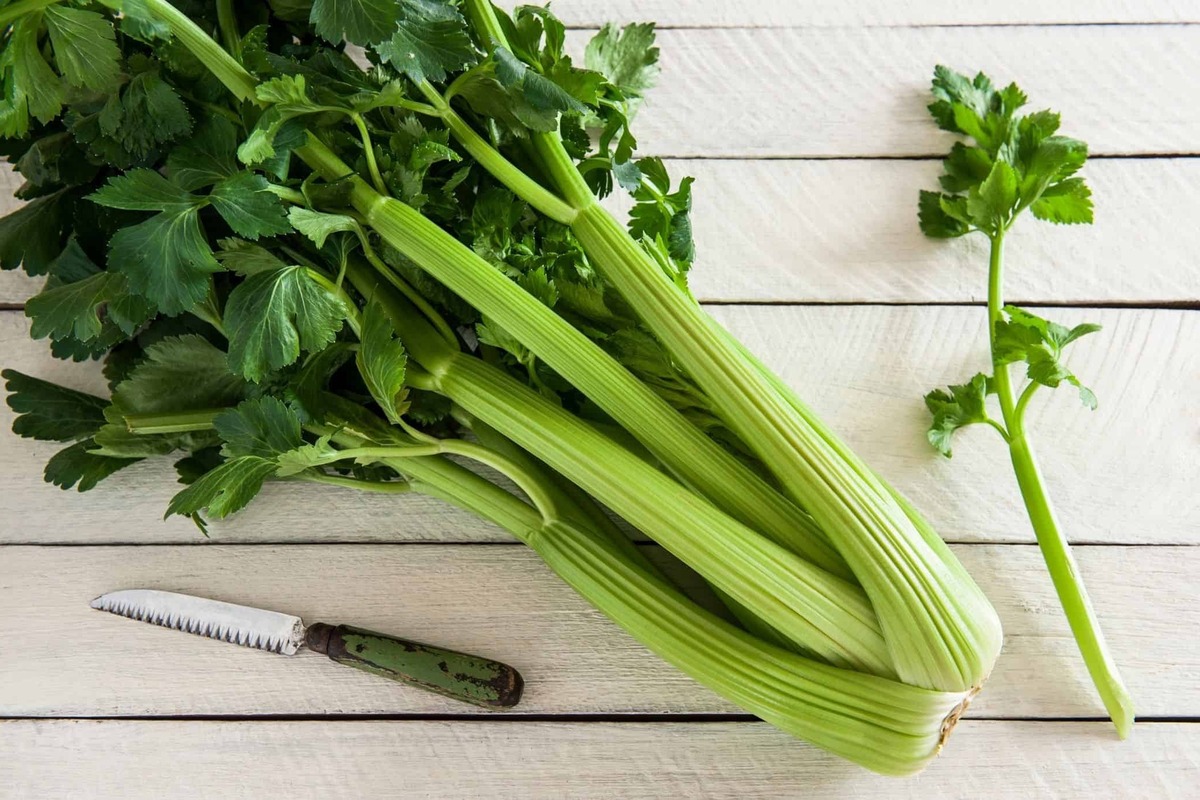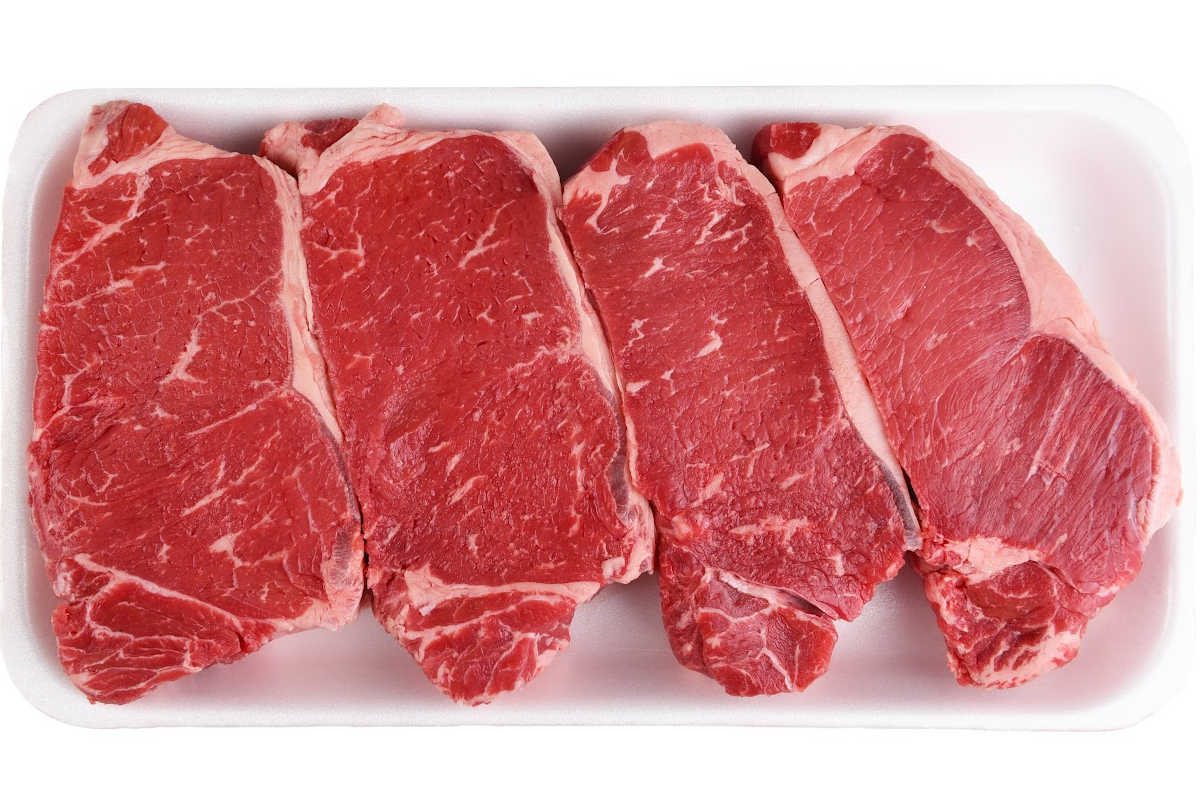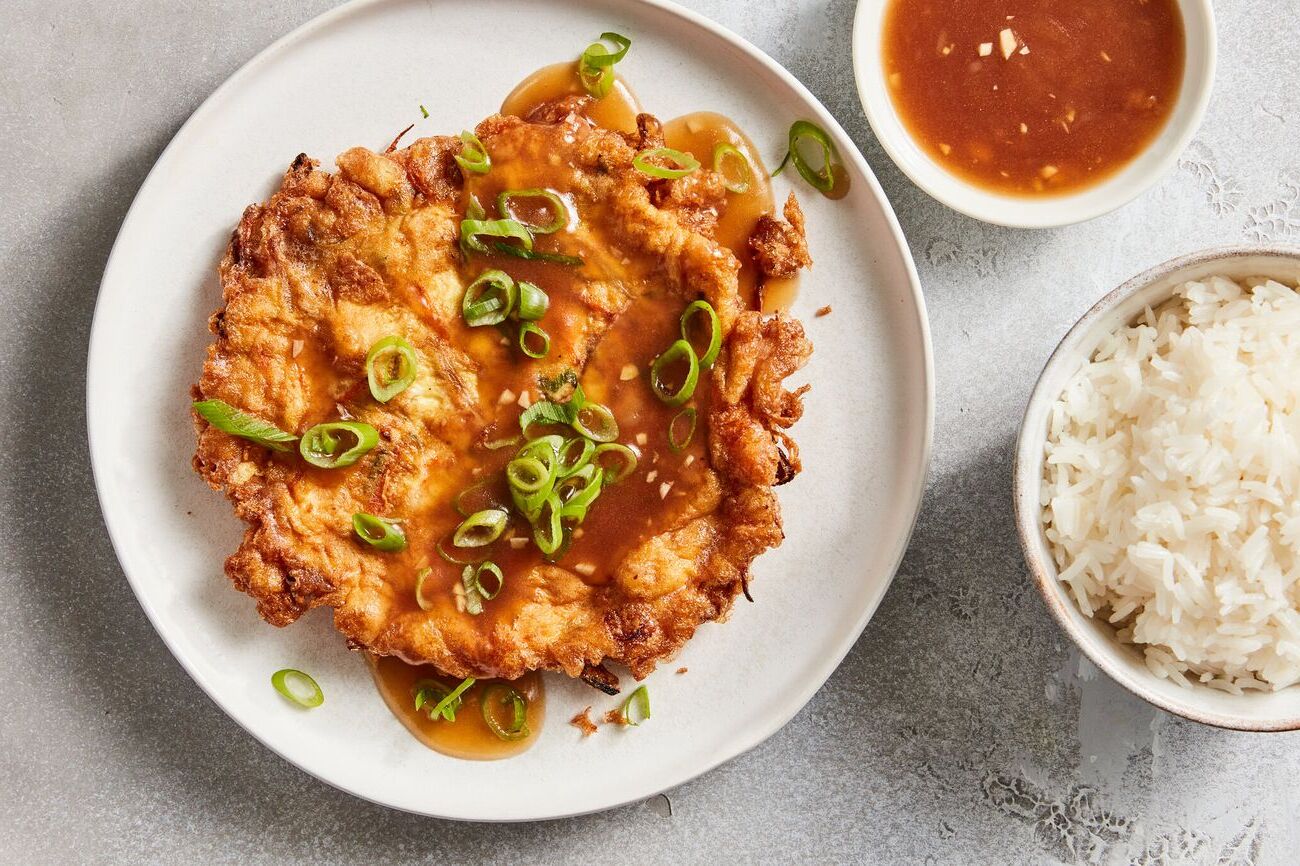What Makes Special Fried Rice So Special?
Special fried rice is a popular dish in Chinese cuisine that has gained popularity all over the world. It is a flavorful and versatile dish that can be enjoyed as a main course or as a side dish. So, what exactly makes special fried rice so special?
The Ingredients
Special fried rice is made with a combination of cooked rice, eggs, vegetables, and a protein such as chicken, pork, or shrimp. The key to making special fried rice is using leftover rice that has been refrigerated, as it helps to achieve the perfect texture and prevents the rice from becoming mushy.
The Flavors
What sets special fried rice apart from regular fried rice is the combination of flavors. The dish is seasoned with soy sauce, oyster sauce, and sesame oil, which give it a savory and slightly sweet taste. The addition of garlic and ginger adds a depth of flavor, while the green onions provide a fresh and aromatic element.
The Technique
One of the secrets to making special fried rice is the cooking technique. The ingredients are stir-fried in a hot wok or skillet, allowing them to cook quickly and evenly. This method helps to create a delicious smoky flavor and prevents the rice from becoming soggy.
Variations
While the classic special fried rice includes eggs, vegetables, and a protein, there are countless variations of the dish. Some versions may include additional ingredients such as pineapple, cashews, or Chinese sausage. The beauty of special fried rice is that it can be customized to suit individual tastes and dietary preferences.
How to Enjoy Special Fried Rice
Special fried rice is a versatile dish that can be enjoyed on its own or paired with other Chinese dishes. It makes a satisfying and filling meal, and leftovers can be easily reheated for a quick and delicious lunch. Whether enjoyed at a Chinese restaurant or homemade in your own kitchen, special fried rice is a beloved dish that never fails to impress.
In conclusion, special fried rice is special because of its unique combination of ingredients, flavors, cooking technique, and versatility. Whether you’re a fan of classic special fried rice or enjoy experimenting with different variations, there’s no denying the appeal of this beloved Chinese dish.
Was this page helpful?
Read Next: What Is Potted Cream?

